Fall cover crops are a common way to build healthy soil over the off-season, but what about spring? Spring is a key time for getting vegetable crops in the ground, but it can also be a wonderful opportunity to battle the weeds and revitalize the soil before transplanting or sowing your warm season crops. While not as popular as fall cover crops, spring cover crops can be an essential tool for small farmers and gardeners.
Why Plant Spring Cover Crops?
Cover crops have an enormous list of benefits, but it’s best to focus on just a couple of major goals when you’re selecting and planning spring cover crops.
Suppressing Weeds
Fast-growing spring cover crops are an excellent way to get a head start on the weeds. As they grow, they block out light from reaching the soil, preventing weed seed germination. Some may even out-compete annoying weeds like quack grass!
Oats or a mixture of oats and field peas are a great, quick-growing option for early spring weed suppression. As the season warms up, buckwheat is another great option for suppressing weeds, though you need to plant it after any danger of frost.
Boosting Nitrogen
Green manure crops (those cover crops you terminate and incorporate into the soil), can be a quick way to add nitrogen and organic matter before a cash crop. Nitrogen-fixing crops like field peas, hairy vetch, or in cool areas, Austrian winter peas, are excellent options for spring green manures.
These early spring green manures are perfect for sneaking in before summer heavy feeders like sweet corn, hot peppers, or tomatoes.
Growing Mulch
You can also provide mulch for transplants, with a spring cover crop. Growers cut, roll, or tarp spring cover crops like oats or buckwheat, killing the plants and leaving the material on the bed. Then they transplant summer crops like eggplants or squash directly into the mulched bed.
Resting Beds
Commercial growers and those folks with sizable gardens will often find it helpful to allow a garden or bed to have an entire season or year to “rest.” This is a great, cheap way to revitalize soil, though it affects your production capacity in the short-term.
In areas with long seasons like the Southeast, you will probably need to plan multiple successions of cover crops. However, crops like white clover, which will grow the year through, are another popular option.
Covering Pathways & Margins
Few people like mowing, but keeping garden pathways and margins cropped is important for accessibility and weed prevention. Adding cover crops to these areas can help you make the most of your mowing. Sow a crop like white clover, then mow and use the nitrogen-rich clippings to mulch beds or build compost.
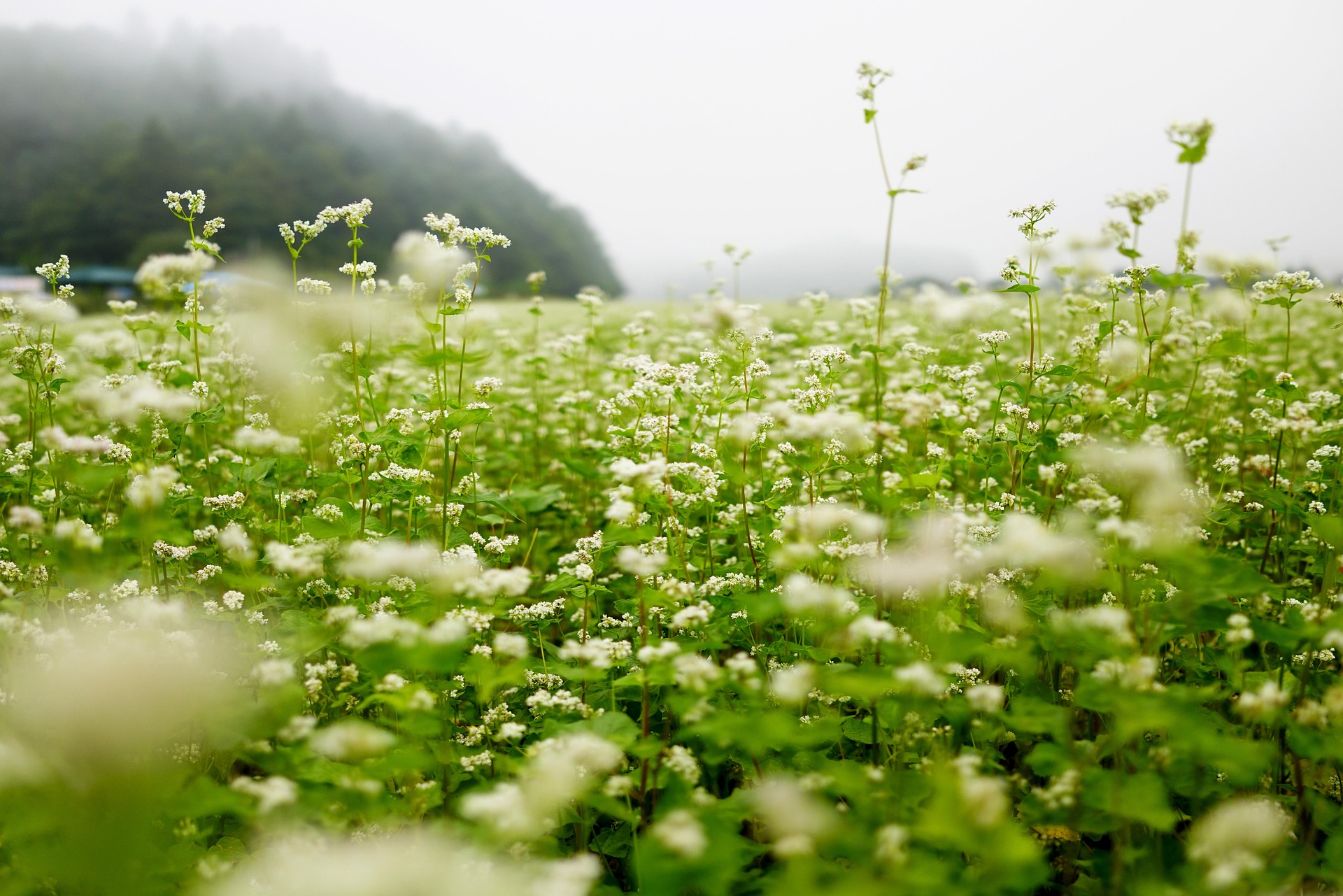
Timing Spring Cover Crops
Understanding your timing is key to selecting an appropriate cover crop for your garden. When can you sow a cover crop? When do you need to terminate the crop? What is going into the bed next? When is your last frost and what is your climate like? These are all important considerations.
In the Southeast, you can often sow cool-weather cover crops in late winter or very early spring provided your gardens aren’t to water-logged. There are several great cover crop options, like oats, field peas, Austrian winter peas, white clover, and hairy vetch that are fairly tolerant of cold, moist conditions, and minor frost. Look up your hardiness zone to find out your last frost date.
Some cover crops like buckwheat, cowpeas, and sunn hemp thrive in warm weather. These crops are frost sensitive, so you’ll need to sow them after all danger of frost has passed.
Determining which crop to plant also depends on what your plans are for that bed. If you’re planning on planting that bed in late spring or summer, determine your planting date so you can terminate your cover crop a couple of weeks before that.
You can also use the warm-season cover crops later in the summer. For example, grow a bed of lettuce in early spring. When it bolts, sow the bed with a warm season crop like buckwheat or sunn hemp. Follow with a fall crop of bush beans.

Spring Cover Crops & Their Benefits
Once you have established your goals and timing for your cover crop, you can select the appropriate species for your garden. Here are a few spring cover crops we recommend and what they excel at:
Oats
Highly effective in cool, spring soil, oats are an excellent way to quickly add tons of organic matter to the garden. Oats mature in about 60 days. For cover crops, harvest them before they go to seed.
Field Peas
Field peas fix nitrogen and tolerate spring’s cool temperatures well. Their sprawling nature makes them great for suppressing weeds, too. They generally mature in 50 to 75 days. Cut or incorporate after they have fully bloomed but before they set seed.
Oats and field peas are a popular spring cover crop mix. The oats provide great structural support for the nitrogen-fixing peas.
Austrian Winter Peas
These cool-weather loving peas are a great nitrogen-fixing crop for the winter or early spring garden. As a bonus, they offer edible tendrils perfect for spring salads.
In most of the Southeast, we recommend Austrian Winter Peas for fall planting. However, in cool mountainous areas or northern regions, they do well in early spring.
Hairy Vetch
Hairy vetch is another cool weather loving, nitrogen-fixing legume. It’s generally best to sow hairy vetch in the fall, between August 1st and November 1st. However, it can be spring sown, and is common in vetch, oat, and field pea mixes.
You may cut vetch and use it as a mulch for transplanting into or till it under as a green manure.
White Clover
White clover is a perennial cover crop that’s fairly tolerant of trampling and mowing. It makes excellent lawns, borders, and pathways around vegetable gardens and its clippings can help give beds a rich boost. It’s also an excellent long-term cover crop.
However, it’s slow to establish and not as ideal for smothering weeds. You will need to prepare the ground and keep it moist.
Buckwheat
Buckwheat is an excellent option for weed suppression and adding organic matter. It’s incredibly fast-growing and puts on tons of mass which can act as mulch or help lighten heavy soils. It also attracts beneficial insects.
Buckwheat readily self seeds. If you’re using it as a cover crop, cut or roll it in 30 to 40 days when it’s blooming, but before it has put on seed.
Keep in mind that you may have different experiences in a different climate. For example, clover thrives where SESE is in the eastern United States but may struggle in arid climates.
Cover crops are a cost-effective, organic way to improve your soil in any season. Selecting appropriate spring cover crops can help you increase soil fertility, add organic matter, suppress weeds, and attract beneficial insects. Which will you be sowing this season?

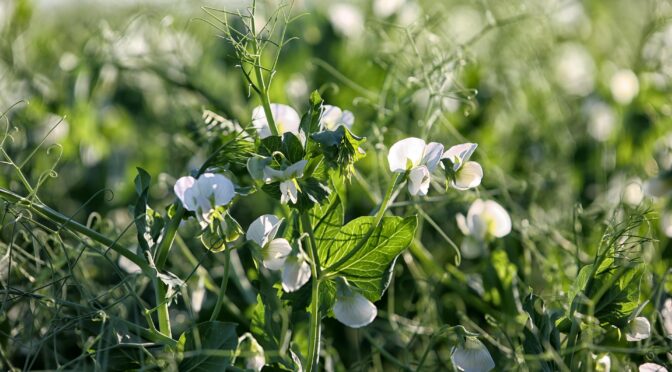
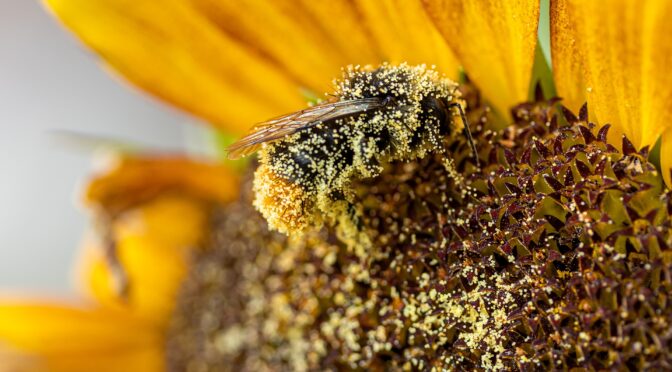
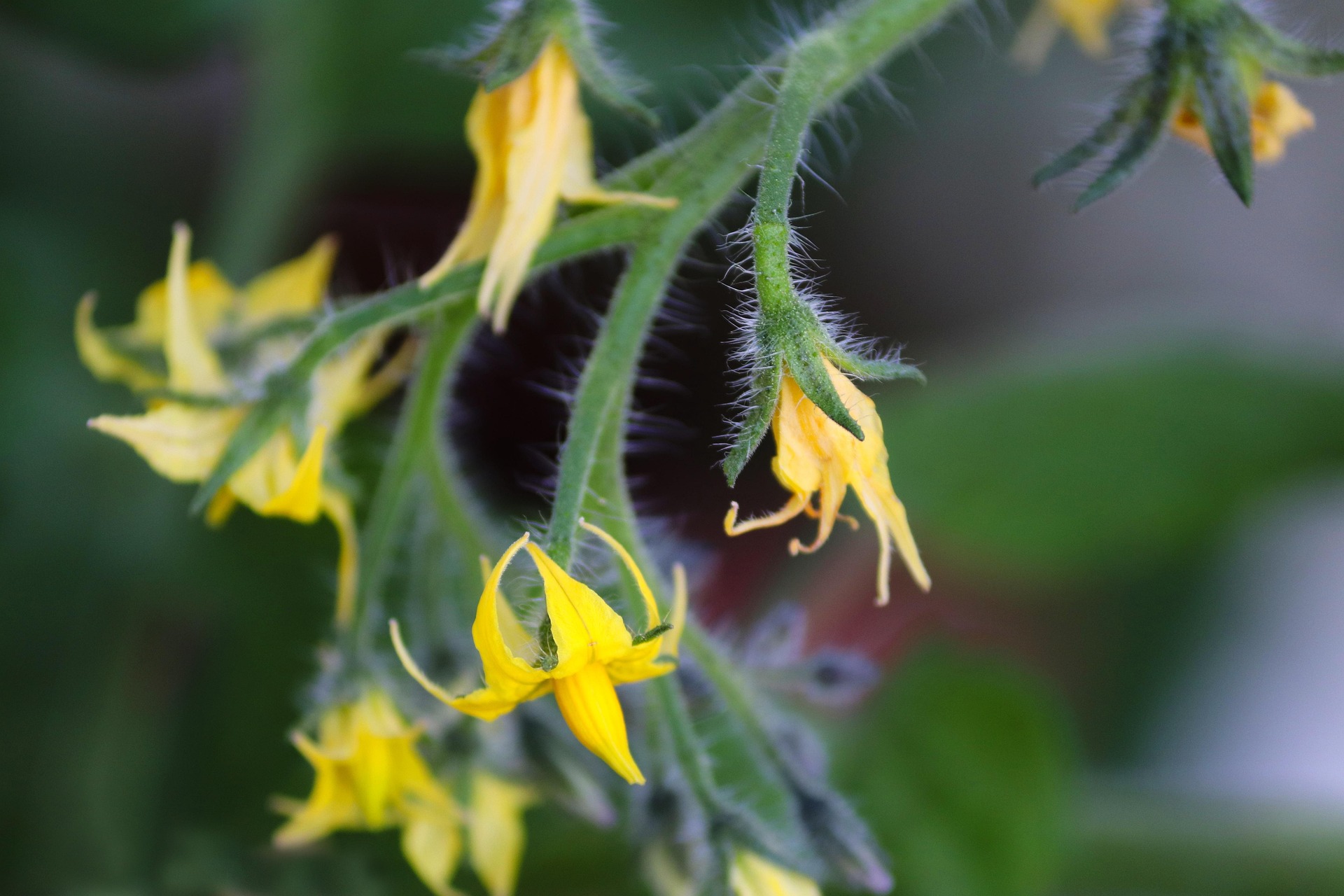 Isolation by Distance
Isolation by Distance
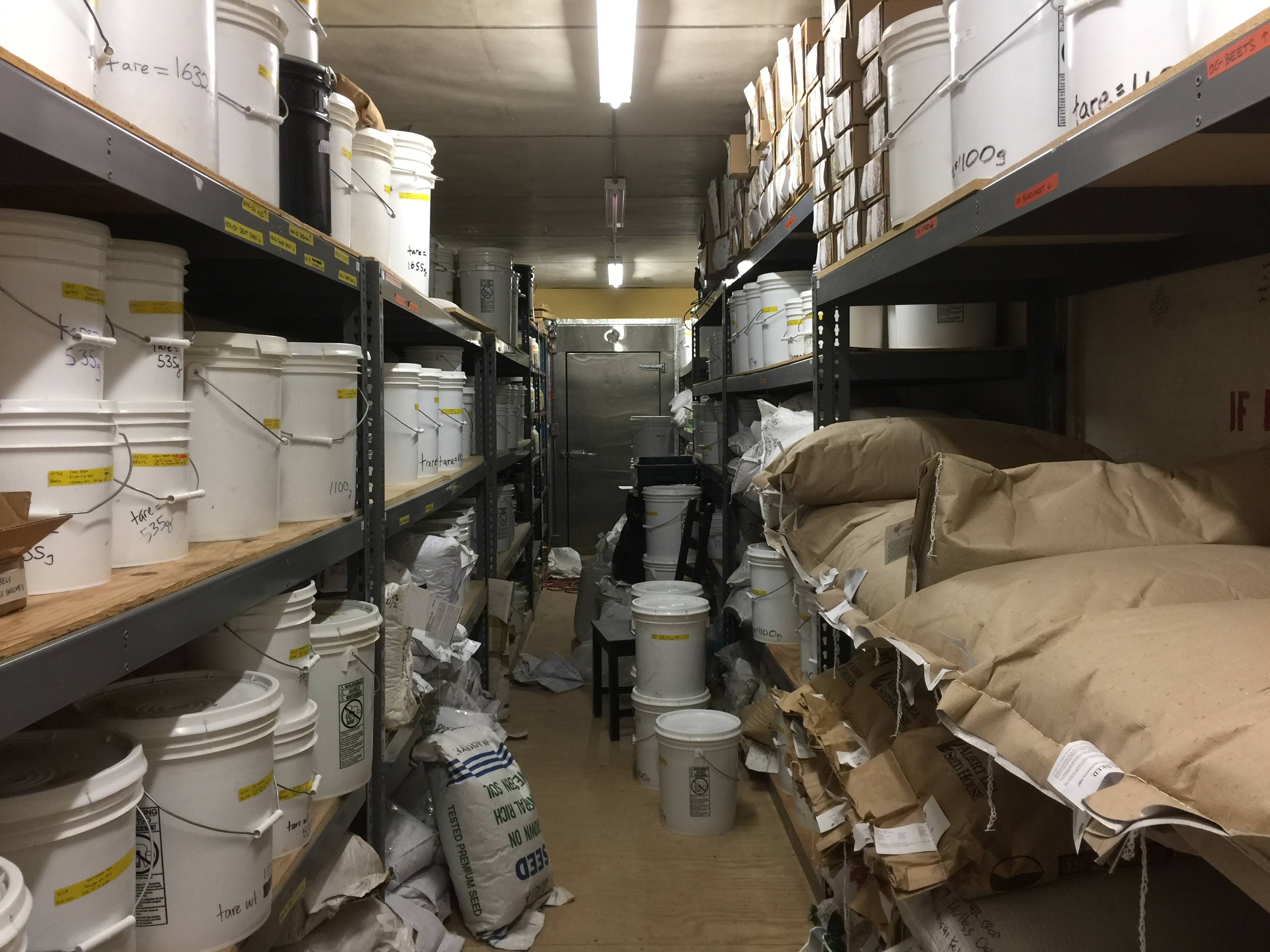



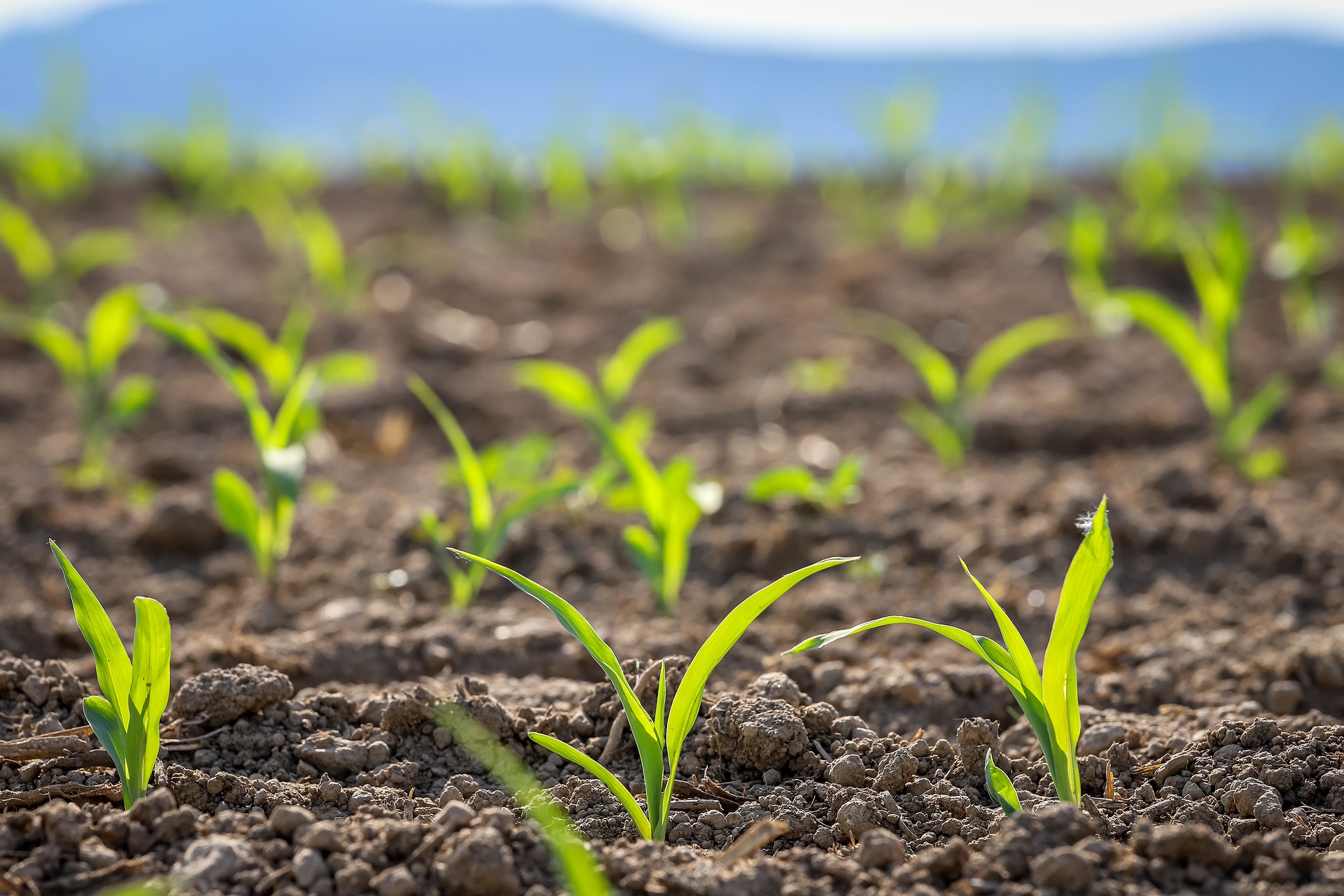 Which Should You Grow?
Which Should You Grow?